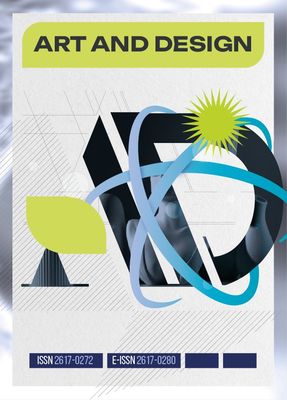Research on the design of traditional small wooden tools in the Central Plains of China
DOI:
https://doi.org/10.30857/2617-0272.2025.2.1Keywords:
Chinese traditional culture, creative concepts, design inspiration, innovative design, artefactsAbstract
This research aimed to systematise traditional small wooden tools of the Central Plains of China in order to determine their cultural significance and to explore the interdependence between traditional creativity and modern design. The study was based on historical and cultural analysis and involved a systematic and interdisciplinary approach. The methods employed included literature review, art historical and cultural analysis, and archaeological classification techniques. From a design perspective, both qualitative and quantitative research methods were used to collect data and examine traditional small wooden tools in the Central Plains. Building on previous studies, the design principles and methods inherent in these tools were clarified, and the dialectical relationship between structure and function in form design was established. The study focused on the combination of materials used in traditional small wooden tools in light of advancements in science and technology. The factors influencing the development of the shape and size of these tools, as well as the ways in which they can be integrated into contemporary design, were identified. The design principles and methods refined from traditional small woodwork tools include: the dialectical relationship between structure and function; the prioritisation of functionality and the modular design concept; the emotional design approach; a design philosophy that highlights the expressive qualities of materials and the integration of new technologies; and a human-centred approach incorporating safety and customisation. Investigating the design heritage of small wooden tools not only contributes to the preservation of traditional culture but also facilitates the incorporation of its elements into modern practice by merging historical forms with contemporary technologies and materials.

